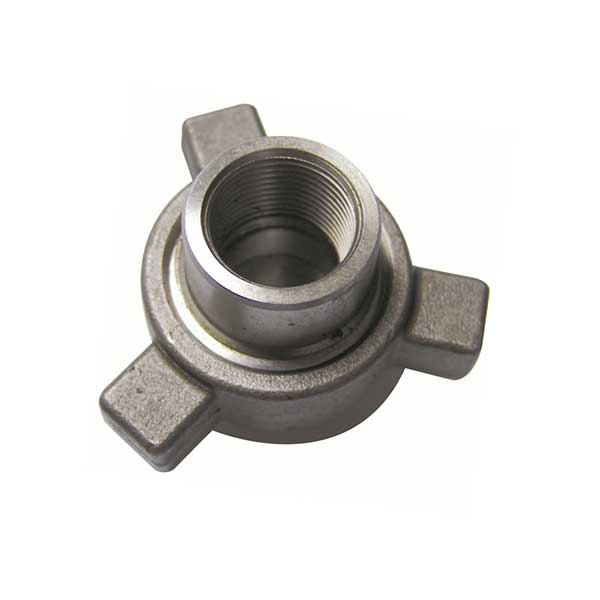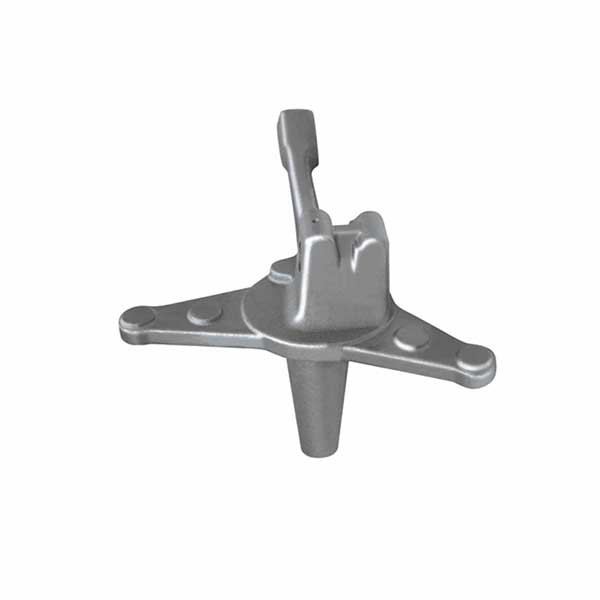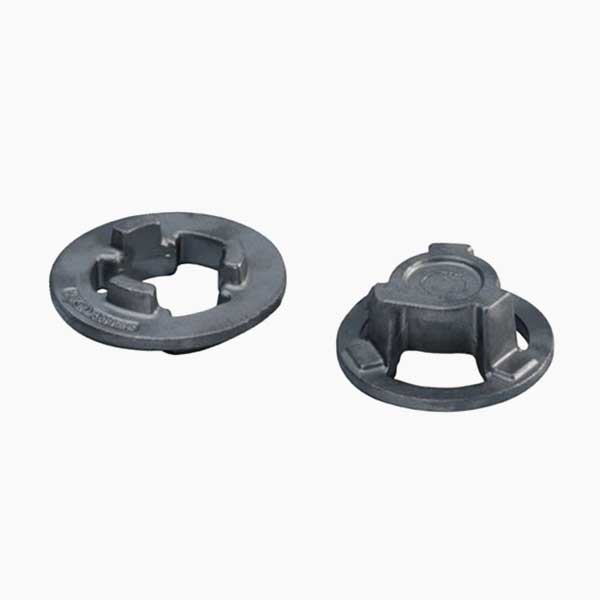When discussing the composition of a forging design system, it is important to clarify that the term “forging” typically refers to a metalworking process, and it may not directly relate to a design system in the context of software or user interfaces. However, if you are referring to a design system specifically tailored for the forging industry, the composition may include the following elements:
Design Principles
Establishing design principles specific to the forging industry can guide the overall visual and interaction design decisions. These principles may focus on safety, efficiency, ergonomic considerations, and adherence to industry standards.

Visual Style
Defining a visual style guide for the forging design system helps ensure a consistent and visually appealing user interface. This may involve selecting appropriate colors, typography, iconography, and other visual elements that align with the industry’s aesthetics and brand identity.
Component Library
Building a component library specifically designed for the forging industry allows for efficient and consistent development of user interfaces. This library may include specialized components for displaying and interacting with forging-related data, such as temperature controls, pressure gauges, tool selection, or material properties.

Interaction Patterns
Developing interaction patterns tailored to the forging industry helps designers and developers create intuitive user interfaces. These patterns may include workflows for forging processes, task-driven navigation, error handling, and feedback mechanisms that align with the specific needs of forging applications.
Accessibility
Prioritizing accessibility is crucial in any design system, including one for the forging industry. Ensuring that the user interfaces are accessible to individuals with disabilities by adhering to relevant accessibility standards is essential.

Documentation and Guidelines
Creating comprehensive documentation and guidelines assists designers and developers in understanding and implementing the forging design system effectively. This documentation should cover design principles, component usage, coding standards, and specific considerations related to the forging industry.
Collaboration and Feedback
Establishing channels for collaboration and feedback among designers, developers, and industry experts enables continuous improvement and refinement of the forging design system. This collaboration helps ensure that the system meets the unique needs and requirements of the forging industry.
It’s worth noting that the specific composition of a forging design system may vary depending on the scope and goals of the system, as well as the specific requirements and processes of the forging industry.


